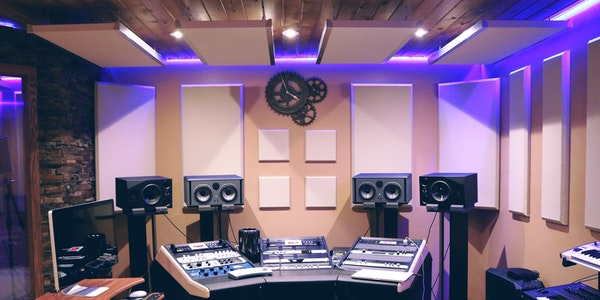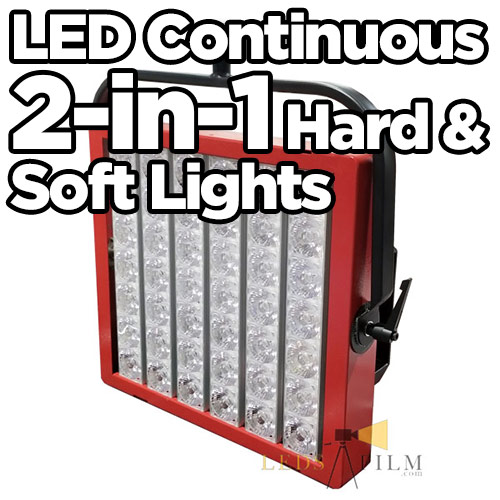Film and television post-production is to do post-processing on the film or animation produced by software to form a complete film, including adding special effects, adding text, and making sound for the film. [1] The later software can be divided into plane software, synthesis software, non-linear editing software, and 3D software.
Table of Contents
Development Path
Based on the theory of visual communication design, master film and television editing equipment (linear and non-linear equipment) and film and television editing skills, and be able to perform film and television special effects.
Film and television media has become the most popular and influential form of media. From the fantasy world created by Hollywood blockbusters, to the real life that TV news focuses on, to the overwhelming TV commercials, all have a profound impact on our lives.
In the past, the production of film and television programs was the work of professionals, and it seemed to be shrouded in mystery to the public. For more than ten years, digital technology has fully entered the film and television production process, and computers have gradually replaced many original film and television equipment, and have played a major role in all aspects of film and television production.

But until recently, film and television productions have been using extremely expensive professional hardware and software. It is difficult for non-professionals to see these equipment, let alone skilled use of these tools to produce their own works.
With the significant improvement of PC performance and the continuous reduction of prices, film and television production has gradually shifted from the previous professional hardware equipment to the PC platform. The original high-profile professional software has gradually been transplanted to the platform, and the price has become increasingly popular.
At the same time, the application of film and television production has expanded from professional film and television production to broader fields such as computer games, multimedia, Internet, and home entertainment. Many operators in these industries and a large number of film and television enthusiasts can use their own computers to produce their own film and television programs.
Post-production Content
Generally speaking, the post-production of film and television includes three major aspects: first, the assembly of shots, which is usually called editing, and the second, the production of special effects, such as the special transition effects of the lens, fade in and fade out, and circle out. Circle entry, etc., now also includes the use of animation and 3D special effects. Third, the appearance of sound and stereo appearance into the film, we should also consider a later sound production problem, including the vertical montage that appeared in film theory later Wait. These three points are an indispensable part of film and television post-production.

Traditional TV editing is done on the editing machine. The editing machine usually consists of a video player and a video recorder. The editor selects a suitable piece of material through the player, then records it on the tape in the video recorder, and then looks for the next shot.
In addition, the advanced editing machine also has strong special effects, which can make a variety of overlays and wipes. You can adjust the screen color, you can also make subtitles and so on. But because the tape recording pictures are sequential, you cannot insert a lens between the existing pictures, nor can you delete a lens, unless you re-record all the pictures after that. Therefore, this kind of editing is called linear editing. It brings many limitations to editors. You can see that although traditional editing methods have their own characteristics, they all have great limitations, which greatly reduces the creativity of editors and makes Valuable time is wasted in the tedious operation process.
Post-production Process
Film and television post-production is basically a process of preliminary editing-formal editing-composition selection-special effects input-dubbing and synthesis.

First cut:
Also called rough cut. The current editing work is generally done on the computer, so after the filming material is transferred to the magnetic field, it must be input into the computer before the director and editor can start the initial editing. In the initial editing stage, the director will splice the shooting materials in the sequence of the script and edit them into a version without visual effects, narration and music.
Official editing:
After the first cut was recognized, it entered the formal editing stage, which was also called the fine cut. In the fine-cutting part, first of all, it is necessary to modify the unsatisfactory parts of the original cut, and then synthesize the work of the special effects part into the commercial film, and the work of the commercial film and the screen part is completed.
Composition or selection:
The music of the commercial can be composed or selected. The difference between the two is: If you compose, the commercial will have unique music, and the music can be perfectly combined with the picture, but it will be more expensive. If you choose a song, it will be more economical in terms of cost, but other commercials may also use this music.

Input of special effects:
This stage is a more critical stage. Special effects will be produced in places that cannot be shot or the shooting effect is not good. Here we will use very professional special effects production software. We have seen many movies with super visual effects. It is precisely because of the special effects input that this part is very well done.
Dubbing synthesis:
The narration and dialogue are completed at this time. After the narration and dialogue are completed, after the music is completed, the sound effects editor will match the commercial with various sound effects. At this point, the sound part of an advertisement has all been prepared. The last step is to adjust the respective volume of all the above elements to a suitable position and combine them together.
(To Be Continued)
